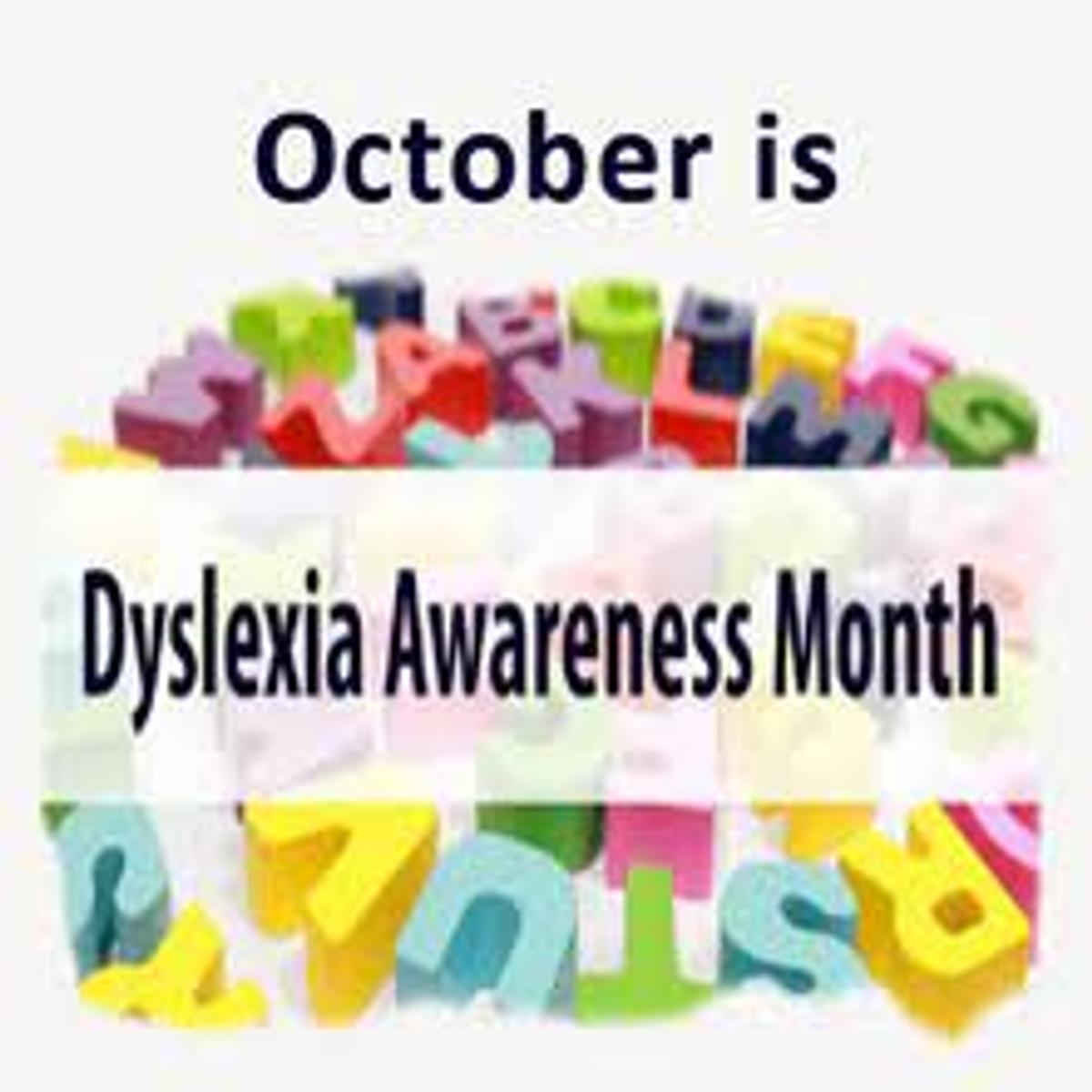Principal's Report
Simone Wood, Principal

Principal's Report
Simone Wood, Principal
Hi Everyone,
Please read the following information about Dyslexia and the other Ds which are usually grouped with it when people are talking about dyslexia. There is a lot worth knowing.


Dyslexia Month 2023 will run from 1 October – 31 October, with this year's theme, 'Stronger Together' as when we work together, we can achieve anything.
Dyslexia Awareness Week takes place usually within the first week. In 2023, the event took place between 2nd - 8th October.
Did you know that there isn’t just “dyslexia”? This word, thrown around a lot, is usually thrown to kids that struggle in reading and literacy, but there are more than just dyslexia and are psychologically diagnosed learning difficulties that can severely impact learning if they are not diagnosed and learning is not adjusted appropriately. So, what are the “four D’s” and what do we need to know about them?
Dyslexia
Let’s start with the most well-known, Dyslexia. Dyslexia is defined as a “chronic neurological disorder causing inability or great difficulty in learning to read or spell”. This does not mean the dyslexic person has less than normal intelligence! All it means is that those affected have issues with processing graphics. However, this does not mean that you cannot teach a dyslexic learner how to read and write! With early intervention and specialised learning techniques, it is normal for most dyslexics to learn what someone who does not suffer from dyslexia can.
Dysgraphia
Dysgraphia is another chronic neurological disorder that affects the act of writing, making spelling and physically handwriting very difficult. Organising letters, numbers, words and sentences can be very difficult for those that suffer from dysgraphia, but again, can be treated with specialised learning techniques.
Dyscalculia
Dyscalculia follows the pattern of being a chronic neurological disorder, and this one focuses on learning disabilities involving mathematics and processing mathematical concepts. This is a disorder that differs from person to person and can affect people differently at different stages of life and they can have trouble processing what they hear, language and visual-spatial recognition.
Dyspraxia
Dyspraxia is defined as “an impairment or immaturity of the organisation of movement – an immaturity in the way the brain processes information”. On the whole, it affects planning of actions and leads to difficulties in perception, language, thought, speech and memory.
All of these are usually treatable with early intervention and specialised learning.
THEN - Just focusing on dyslexia only, did you know there are 4 types; phonological dyslexia, surface dyslexia, rapid naming deficit, and double deficit dyslexia.
Dyslexia is caused by an overburden of impairments in reading abilities that the person cannot adjust to effectively. Dyslexia is a learning disorder where the person often has difficulty reading and interpreting what they read.
Dyslexia is not a disease. It's a condition a person is born with, and it often runs in families. People with dyslexia are not stupid or lazy. Most have average or above-average intelligence, and they work very hard to overcome their reading problems.
Dyslexia doesn't go away. But intervention and good instruction go a long way in helping kids with reading issues. So use accommodations and assistive technology, such as text-to-speech. (Even adults with dyslexia can benefit from these.)
How to support learners with Dyslexia
Use multisensory input and activities to give learners more than one way to make connections and learn concepts. When learners use more than one sense at a time, their brain is stimulated in a variety of ways. Multisensory activities may involve a combination of reading, listening, viewing, touching an object, moving physically around the space, or using gesture.
Helping Children With Dyslexia Find Their Reading Motivation
How to help a child with dyslexia at home
What NOT to do with a child with Dyslexia
What makes dyslexia worse?
Changes in a font, color, or other characteristics of the words may make it more difficult for people with dyslexia to read. Difficulty focusing when reading : people with dyslexia may frequently lose their place, feel like the words are moving or jumbled, or find reading very stressful.
Dyslexic students become fearful because of their constant frustration and confusion in school. These feelings are exacerbated by the inconsistencies of dyslexia. Because they may anticipate failure, entering new situations can becomes extremely anxiety provoking. Anxiety causes people to avoid whatever frightens them. Dyslexic people can become easily stressed and overwhelmed in certain situations. They can have Low self-esteem or be self-conscious when speaking in a group. Many have difficulty getting thoughts out – pause frequently, speak in halting phrases, or leave sentences incomplete.
The four Ds are more common than we would expect and as parents it is worth being on the look out for them around year 1&2 of school.